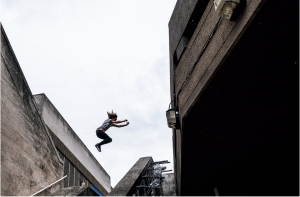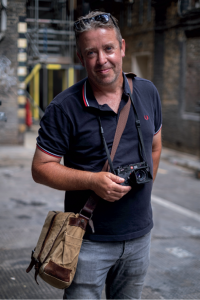The following is an excerpt from Brian Lloyd Duckett’s Street Photography Pocket Guide
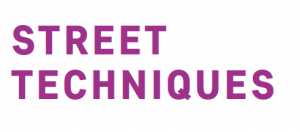
Develop Your Street Mindset
There’s only one way to be good that this—and that’s full immersion: you need to live, think, and act like a street photographer! And it’s not as challenging as it sounds. There are several traits shared by successful street photographers: some of these are inherent within us, and some are acquired with patience and practice. None of these are outside anyone’s reach and, over time, they will become part of your street mindset. It’s the photographer’s version of being “streetwise.”
Be Happy!
Always have open, positive, and friendly body language. The “happy” street photographer tends to have far fewer confrontations and a much easier time on the streets.
Stay in the Zone
Make sure you’re alert and tuned in to what’s happening around you; concentration is vital, so leave your phone in your pocket and turn your music off.
Never Hesitate
As soon as you see the potential for a picture, hit that shutter button! Don’t overthink it. React quickly and spontaneously to events. Shoot first and think later.
Anticipate
Watch people intently and study their body language. You always need to be thinking, “What’s going to happen next?”
Take Your Time
Walk slowly and don’t rush from one location to the next. If you take your time to observe what’s happening around you, you’ll “see” so much more.
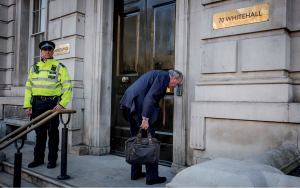
Find the Detail
We need to have great observational skills, and part of that skillset is being able to spot relevant or interesting detail we can use to make an interesting or witty picture.
Make Connections
By connecting things together in a frame you’ll be bringing another dimension to your images. A simple (and cliched) example is a picture of a guy smoking next to a “No Smoking” sign.
Be Curious
You need to be nosy! A strong sense of curiosity opens up many more picture-taking opportunities for you.
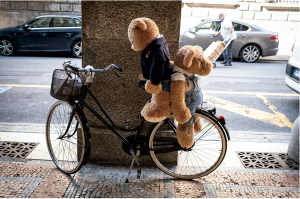
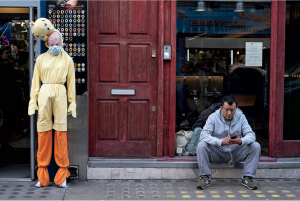
Hunting vs. Fishing
Are you a hunter or a fisher? The hunter is constantly on the move, looking for subjects and tracking down opportunities. The fisher has a more considered approach, maybe finding a suitable background and then waiting for the right scene to develop in front of it. To be a good fisher, you need to be patient, constantly assessing the potential in your environment and visualizing the possibilities.
Both are valid approaches, and some people do both very well while others have a strong preference for either hunting or fishing; just be aware of the possibilities each approach can offer.
